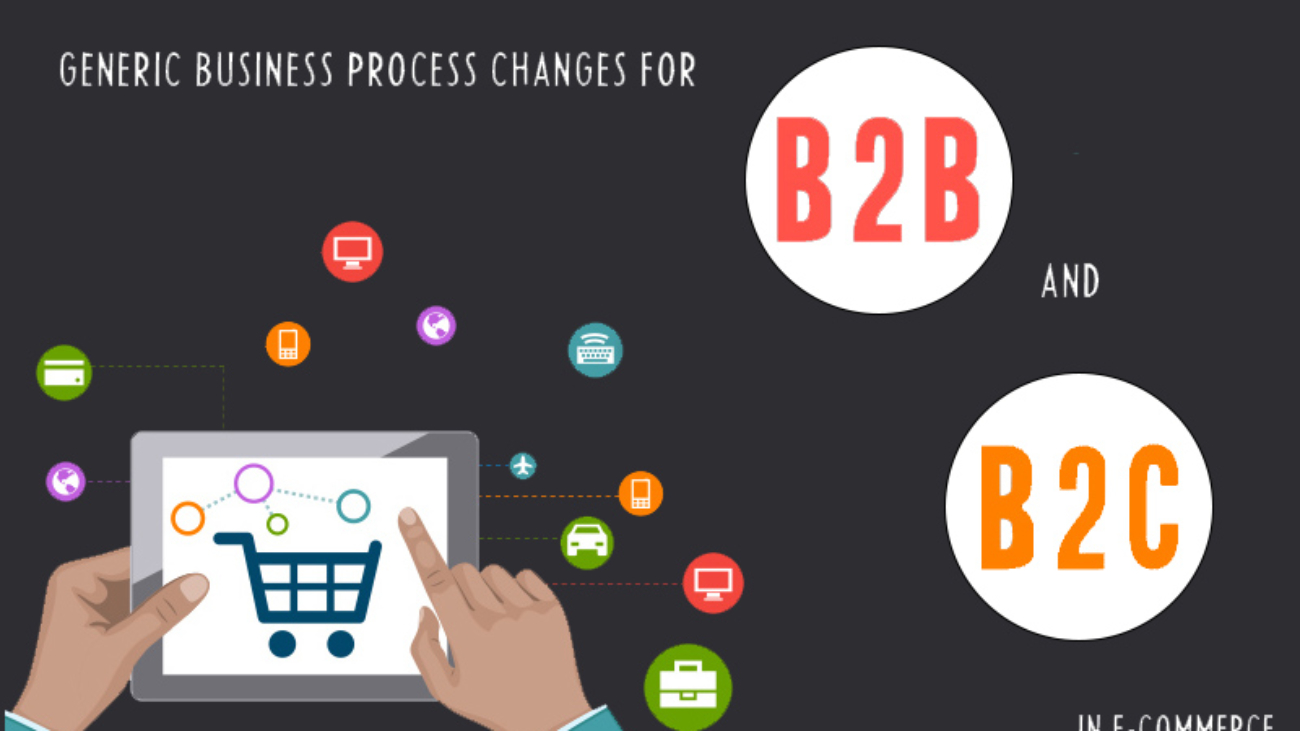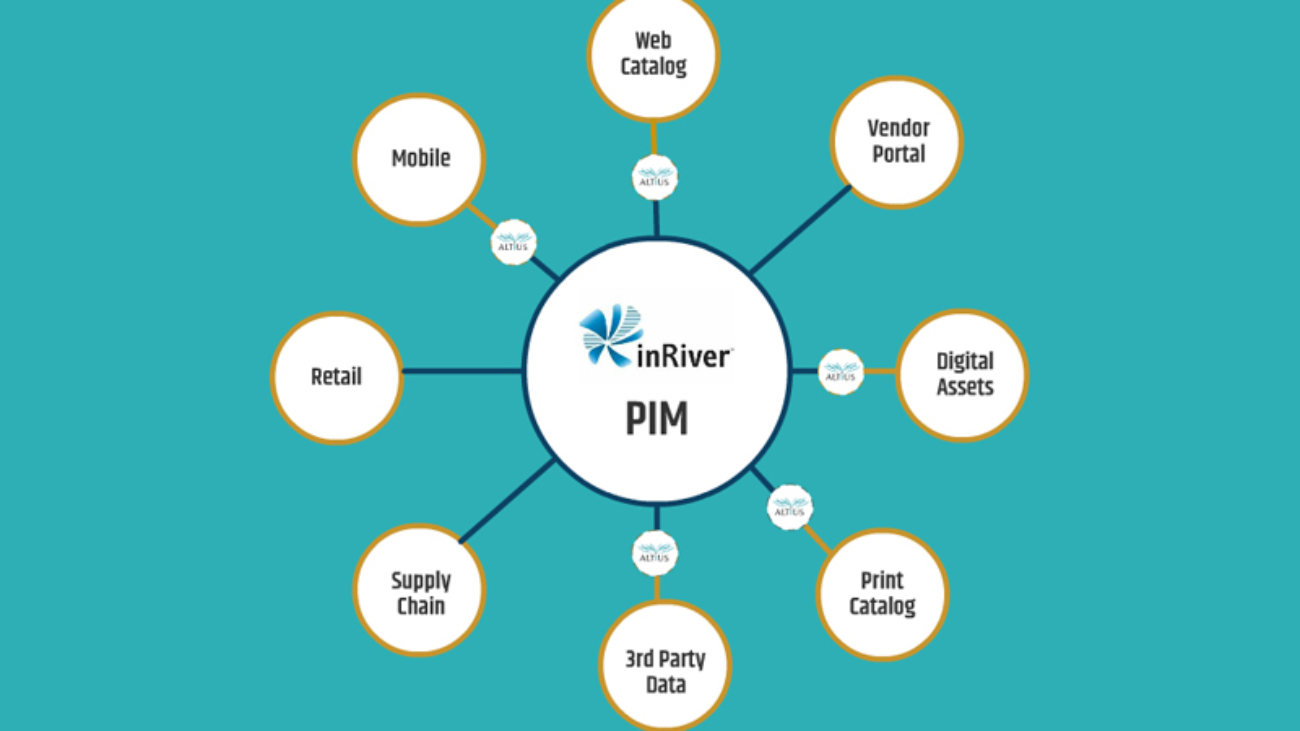This is one of the best Buddha stories. Once upon a time Lord Buddha was crossing a town with few of his disciples.
Right and Wrong
When Bankei held his seclusion-weeks of meditation, pupils from many parts of Japan came to attend.
True Nature of Life
Once upon the time there was an old farmer who had worked his crops for many years.
Team Lead – Sales (SaaS) (Forcesight)
Responsibilities:
- Collaborating with Senior Leadership to establish and execute a sales goal for the region and work with and motivate the team in implementing the same.
- Handle a team of BDE in order to maximize sales revenue and meet or exceed business- set goals while maintaining Customer success levels.
- Assisting BDE in their techniques and aid them in closing the deals.
- Building plans for the short term & long term growth of the region and also forecast the quarterly goals.
- Training the BDE and ensuring required skillset for better penetration of company Solutions & Products.
- Responsible for the P&L of the region
- Proven track record of selling SaaS sales and Strong focus on lead generation.
- Experience in managing and connecting teams, partners and alliances across customer engagement life-cycles.
- Proven experience in selling and delivering Digital transformation programs.
- Ability to visualize and design transformational Digital solutions based on customer business goals, new business models and disruptive digital technologies.
- Continue to uphold a strong relationship to understand where we can increase usage within your client’s business to up-sell or expand usage.
- Generates and shares comprehensive and detailed reports about team performance, mission-related objectives, and deadlines.
- Provides quality customer service, including interacting with customers, answering customer enquiries, and effectively handling customer complaints.
Skills:
- Experience as a Team Lead with Proven record on Marketing Technology and SaaS platform and Should have handled a team of 6 or more.
- A scientific approach to building a sales funnel and pipeline management
- Ability to multi- task, research and analyse.Strong presentation, sales, negotiation and influencing skills.
- Strong experience in managing clients and developing relationships. Highly organized and Customer Orientated.
- Advanced Computer experience (Excel, Word, Outlook, PowerPoint, Internet)
Education/Qualification:
Graduate/ Postgraduate in marketing, communications, business administration or a related discipline or MBA
Desired Work Experience:
3 to 5 years of Marketing & Sales experience.
Preferred Domain Experience:
B2B Sales in any domain where in you have helped your customer achieve their business success.








